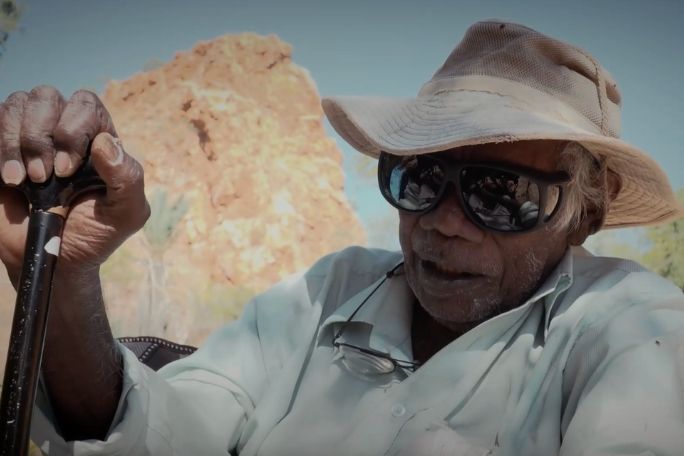Lesson summary
Students explore how organ and tissue donation is a community issue. They begin by watching a clip from the documentary Dying To Live and reading and reflecting on articles about organ donation. They then design, plan and implement a project based on the guiding question: How might we get more people in our community talking about organ and tissue donation? Following project completion, students will reflect on the success of their project and their participation in the project.
Learning intentions:
Students will...
- understand how organ and tissue donation is both an individual and community issue
- understand why conversations in the community are critical to reducing the donation waiting list
- be able to drive the processes required for planning and executing a social action project
Success criteria:
Students can...
- analyse texts, including written texts and video texts
- use their skills and interests to respectfully engage their community in conversations and actions for change
- collaborate and communicate in groups
- follow the processes and steps required for planning and executing a social action project
Lesson guides and printables
Curriculum links
Select your curriculum from the options below.
Lesson details
Curriculum mapping
Australian curriculum content descriptions:
Years 9 & 10 Health and Physical Education:
- Plan, implement and critique strategies to enhance health, safety and wellbeing of their communities (ACPPS096)
- Critique behaviours and contextual factors that influence health and wellbeing of diverse communities (ACPPS098)
- Critically analyse and apply health information from a range of sources to health decisions and situations (ACPPS095)
Syllabus outcomes: PDHPE5.6, PDHPE5.7, PDHPE5.8, PDHPE5.13
General capabilities: Critical and Creative Thinking, Personal and Social Capability, Ethical Understanding, Intercultural Understanding
Cross-curriculum priority: Aboriginal and Torres Strait Islander Histories and Cultures OI.8
Relevant parts of Years 9 & 10 Health and Physical Education achievement standards: Students critically analyse contextual factors that influence identities, relationships, decisions and behaviours. They analyse the impact attitudes and beliefs about diversity have on community connection and wellbeing. Students access, synthesise and apply health information from credible sources to propose and justify responses to health situations.
Unit of work: Dying To Live – H&PE – Years 7–10
Time required: 250+ mins
Level of teacher scaffolding: Medium – lead students in class discussion, guide students in project planning and implementation
Resources required
- Student Worksheets – one copy per student
- Device capable of presenting a video to the class
- Article 1
- Article 2
- Chalk-Talk Prompts
- S.M.A.R.T. Criteria Factsheet
- Sticky notes, butcher’s paper, markers
- Project-specific resources, as identified by students in their planning (such as stationary, access to computers, etc.)
- Project Planning Tool
- Project Checklist
Skills
- Collaboration
- Communication
- Community engagement
- Critical thinking
- Creativity
- Cultural understanding
- Empathy
- Ethical understanding
- Problem solving
- Social skills
Additional info
Dying To Live is a documentary feature film that examines organ and tissue donation and transplantation in Australia through seven different stories that highlight the social, physical and emotional effects of being on the organ donor waiting list. The film also aims to dispel myths about organ and tissue donation while encouraging family conversations so that family members are aware of their loved ones’ donation intentions. Find out how to screen or view the film here.


Welcome back!
Don't have an account yet?
Log in with:
Create your free Cool.org account.
Many of our resources are free, with an option to upgrade to Cool+ for premium content.
Already have an account?
Sign up with:
By signing up you accept Cool.org's Terms and Conditions(Opens in new tab) and Privacy Policy(Opens in new tab).